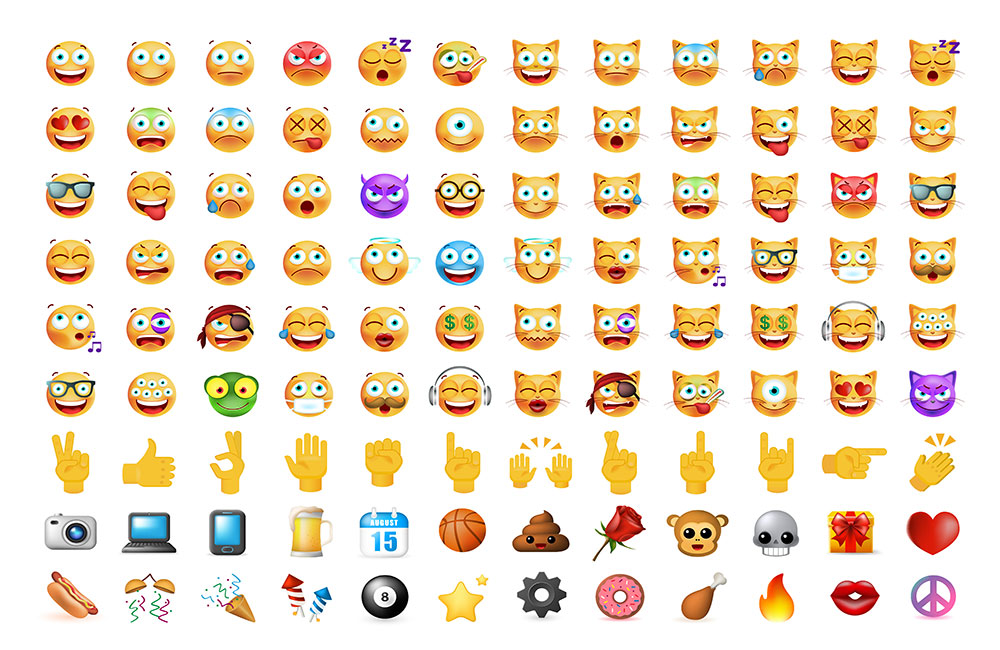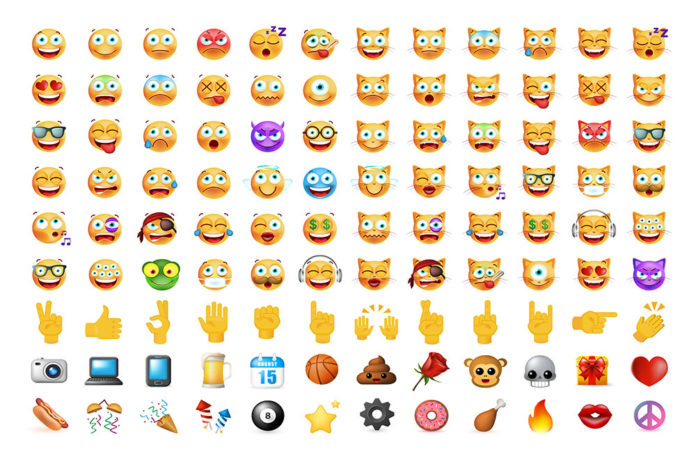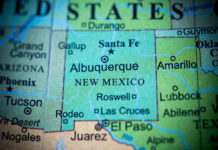Instead of writing out words and structuring sentences, teenagers and young adults are using emojis to express thoughts or emotions in conversations with their friends and online strangers. Whether it’s a happy face emoji to indicate that they are happy or a sad face emoji to depict sadness, these digital caricatures are now used as a way to communicate several topics such as substance abuse.
Emojis are virtually everywhere since Apple launched the emoji keyboard in 2011; TV, commercials, social media, and movies. But the cartoonish, innocent-appealing and playful use of emojis can be used for illegal activity like substance abuse. The problem with these icons of faces, hand gestures, animals, fruits and other symbols is they often mean more than what they seem, especially for parents. It’s a new form of communication that can be used to code sexual activity and substance abuse among the youth.
The emojis used to symbolize violence are obvious: Knife, gun, skull, bomb. But just as worrisome are the emojis texters are using to buy and or sell drugs. Drug dealers use hashtags and emojis through text or various social media platforms to indicate what the illicit substances sell. They often times even take the risky route in sharing images of the substances and posting them for anyone to see. Drug dealers are no longer the stereotypical sketchy man standing on the street corner. When it comes to pushing product anyone can do it and it’s as easy as posting a maple leaf or syringe emoji on Instagram, Facebook, Twitter, even dating apps like Grindr and Tinder. As a precaution, most dealers only use these platforms for advertising and work out the transaction details via Snapchat; payment is either done in person or by using payment apps like Venmo. The ease of accessibility is also a concern because kids no longer have to venture out to questionable neighborhoods or a rendezvous to buy drugs — they’re now delivered straight to their doors.
A 2011 survey conducted by the National Center on Addiction and Substance Abuse at Columbia University found that teenagers who regularly use popular social media outlets like Facebook or Instagram were more likely to drink, use drugs or purchase tobacco than adolescents who either did not use social media or used it less. Teens who use social media will see pictures and videos of people like celebrities, Youtubers or social media influencers using drugs and this can create a new form of peer pressure. Usually, these pictures and videos are captioned with fire emojis or smirking faces with glasses — both used to describe something or someone as cool. These emojis are used to glamorize the activities depicted in the videos and pictures shared on social media. The images are not even limited to weekends and vacations; they are shared any day of the week, any time of the day, constantly reinforcing the idea that excessive alcohol consumption and substance use is normal and desirable.
Emojis that represent drugs:
Cocaine — Slang terms for this drug include coke, snow, dust, powder, nose candy, coco, blow, pearl, yeyo. Often represented as the following emojis:
❄⛄🔑🌨🍚🤧🎱🥥
(Snow, Snowman, Key, Raining cloud, Rice, Sneezing Face, Eightball, coconut)
Marijuana — People usually smoke marijuana but it can be used in a variety of ways. Dispensaries sell brownie and candy infused weed, you can purchase lotions and balms that contain CBD as well as brewing it and drinking it in a form of tea. People who use marijuana for medical purposes use it for conditions like chronic pain, muscle spasticity, anorexia, nausea, and insomnia. Often represented by the following emojis:
🍁🍀🌴🌳🌲😗💨😤
(Maple Leaf, Four Leaf Clover, Palm Tree, Tree, Pine Tree, Kissy Face, Smoke, Face With Steam From Nose)
Cough syrup — The concoction is made by mixing the prescription medication with Sprite Soda and Jolly Rancher candies. Often represented by the following emojis:
🍇🍼🔮💜
(Grapes, Baby Bottle, Crystal Ball, Purple Heart)
Methamphetamine — It is a popular party drug that is usually smoked with a small glass pipe, but can also be swallowed, snorted, or injected into a vein. It comes in clear crystal chunks or shiny blue-white rocks. Commonly known as; ice, glass, rocks crystal, crank, chalk, tweak, tina, Walter white, speed. Often represented by the following emojis:
💎❄🏔🎱🍚
(Diamond, Snow, Snowy Mountain, Eight Ball, Rice)
Heroin — Pure heroin is a white powder that can be snorted or smoked. “Black Tar” heroin has a very sticky texture. Black tar heroin is dark, a result from crude processing methods that leave behind impurities. Impure heroin is normally dissolved and diluted with water and injected into the veins. Commonly referred to as; H, smack, tar, junk, black, dragon, white horse, skag. Often represented by the following emojis:
💉🎯🐉🐎
(Syringe, Direct Hit, Dragon, Horse)
MDMA — MDMA is normally sold in pill form and can contain additives. These factors can contribute to serious and sometimes fatal health effects. MDMA can also be addictive and research suggests long-term cognitive problems may develop in some users. This drug is most popular among teens and young adults, especially at nightclubs or raves. The drug comes in a wide variety of sizes, shapes, and colors often are stamped or imprinted with unique logos (Smiley faces, Superman logo, Skull shapes, legos, hearts, stars, children’s cartoons dominoes). Street names include; X, Superman, XTC, Adam, Beans, Love Drug, Happy Pill, Scooby Snacks, Smarties, Skittles, Vitamin E or X. Often represented by the following emojis:
💊❤⚡☣🤯🍬
(Pill, Heart with Lightning Bolt, Biohazard Sign, Exploding Head, Candy)
Magic Mushrooms — This drug is most commonly chewed but can also be made into a tea. Mushrooms may be consumed raw and dried but cannot be smoked or cooked as this destroys the main ingredient, psilocybin. There are more than 180 species of mushrooms that contain psilocybin. Psilocybin mushrooms have a long history of use in Mesoamerica in spiritual and religious rituals and are currently one of the most popular recreational psychedelics in the U.S. and Europe. Popular street names for magic mushrooms include; shrooms, liberty caps, Alice, boomers, simple Simon. Often represented by the following emojis:
🍄
Here are some other emoji codes that you might want to be aware if you are thinking about looking through your teen’s phone:
🚀
The spaceship emoji is used to indicate how high the potency of a drug is.
🔌
The plug emoji is used to refer to a drug dealer, a ‘connect’ or supplier who is going to be able to provide you with drugs.
🥧
The pie emoji can be used to describe the punny expression of cookies pies, making a large amount of drugs to distribute.
⛽
The fuel pump emoji is used to describe being ‘gassed,’ drunk or intoxicated. This emoji can also mean gas, a high-grade marijuana.
While some moms and dads feel as if they may not need some help to decipher their kids’ outgoing texts, at least they can admit it may be necessary to flag texts coming into their teens’ phones. If you happen to see other emojis being used in a drug-related context there are apps to help you decode the meanings. ‘Speak Emoji’ is an app that helps translate what your children and their friends are talking about. As a parent, you should be aware that emojis can be used to harass, threaten and commit other crimes so taking the cute caricatures seriously could help your child. These modern-day hieroglyphics are open to interpretations and misinterpretations so if you are a concerned parent the best thing you can do is have an open communication and ask your child what the meaning of their text messages are. Talk to your kids about the risks of sending the wrong messages and strategies for repairing miscommunication. Like every other form of communication, texting creates connections with other people. Being aware of the secret language of drug emojis and talking about it can create one more opportunity for parents to help kids develop relationships that are healthy and find the next steps to prevent or treat substance abuse.

















